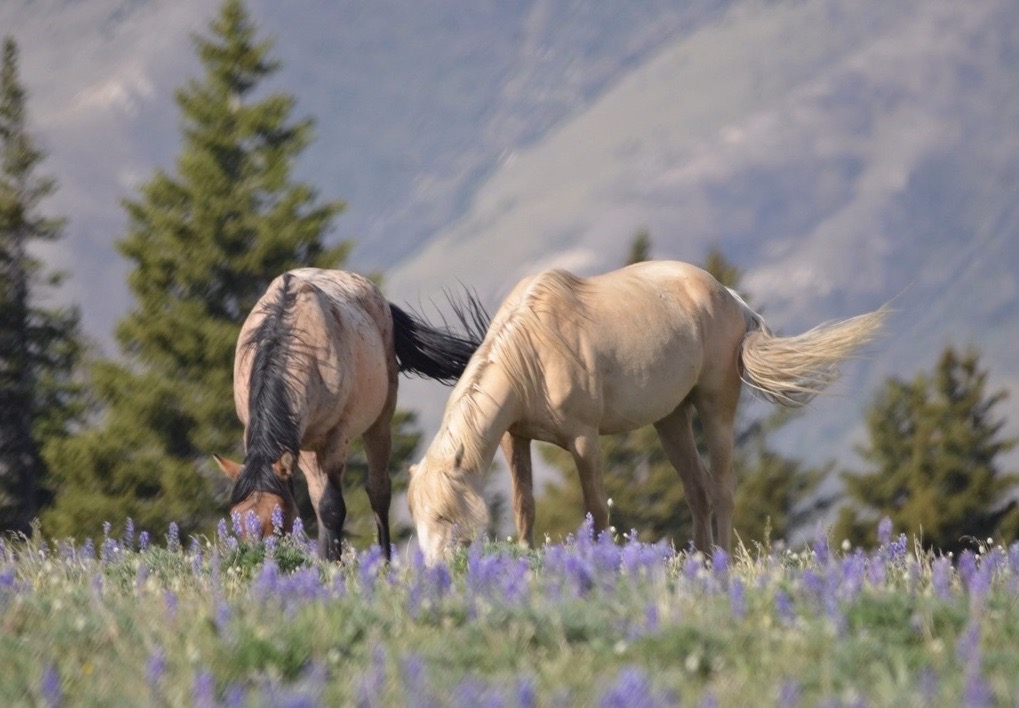I have to say that wild horses are my favorite subject. It is as if they know what you are doing and try to act accordingly, running in groups across a prairie or standing on their hind legs pretending to battle over the companionship of a comely young mare.
The score of wild Mustang horses, bearing rare genetic traits and descended from those once rode by Conquistadors now roam Montana’s Prior Mountain. The Mustangs are fairly tolerant of visitors who have been forewarned by state officials not to bother the animals. Consequently it is not unusual to be sitting on a log munching a sandwich when a fifteen hundred pound animal spots a clump of tasty grass at your feet and strolls over to claim it. Since the animals seem to know that they and you are not competing for the grass no conflict develops. Mother Nature has arranged an opportunity for both of you to become better acquainted.
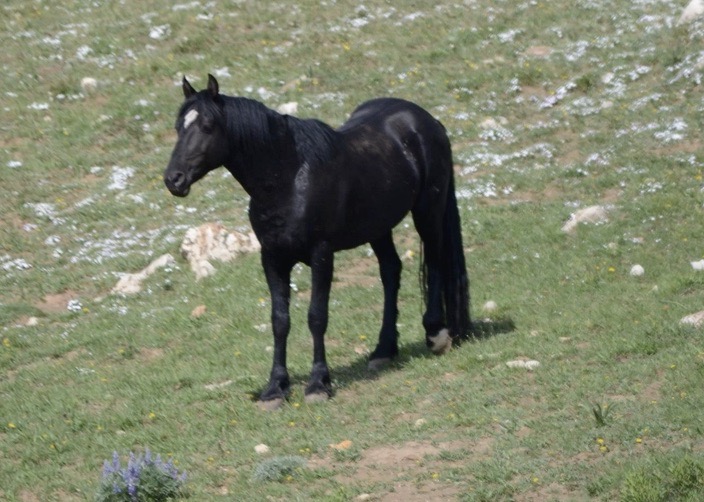
In 1945, I was seven-years-old and living in Ketchikan, Alaska but I could I ride the range on the radio with Red Ryder and his black stallion, Thunder. When the final showdown loomed, Red, in full gallop, roared, “Roll Thunder!” My nerves tingled with excitement because I knew the prairie town would be saved and the lawless brought to justice. In my imagination I was Red Ryder on that fabulous stallion, but my actual mount was a saw horse in the basement saddled with blankets and rope for reins.
When I was thirteen years old, and we moved to Parkland, Washington, I inherited Rex, a white gelding, from my cousin and two older brothers. They paid only $50 dollars for Rex because he couldn’t be caught. He jumped fences and raced from one end of the pasture to the other end. While I watched, Rex’s owners spent more time chasing Rex than riding him. The three of them would eventually corner Rex, saddle him and one of them would be that day’s rider. Without the owners there, I never got close to Rex.
Rex’s former owners’ daughter, Louise, was in my eighth grade class and I asked her about Rex. Louise told me that Rex ran wild in their pasture for two years and that neither she nor her parents ever got near him. Her parents didn’t know much about horses and a friend had told that that most likely a previous owner had abused Rex and he was frightened of people. Louise’s parents let Rex run free until someone who didn’t know much would buy him.
Rex was frightened of people? The first thing I had to learn was that although horses are big animals weighing a thousand pounds or more, they are prey to wolves, cougars, bears and, yes, to humans. I frightened him. Since horses are prey and depend on flight, the early detection of a threat and instant reaction is survival. Whenever I rode my bike down to Rex’s pasture, long before I was at the pasture’s gate, Rex was on the other side of the creek and as far away from the bridge across the creek as possible. For three years, Rex had lived in a pasture without any contact with humans or horses.
Although Rex lived alone, I recognized similarities between his behavior and the Mustangs revealed in Dave’s photos. In retirement I have cared for a group of 4-6 horses and again I see the similar behaviors. Whether living alone like Rex or in a small group, horses are horses and they know what they know. Over the years, I’ve gradually learned some of what I need to know about these marvelous creature.
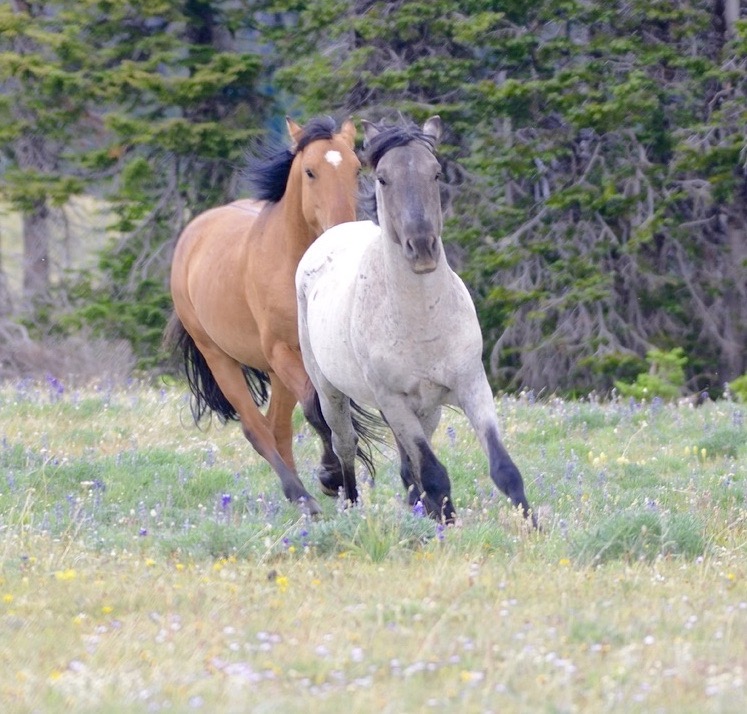
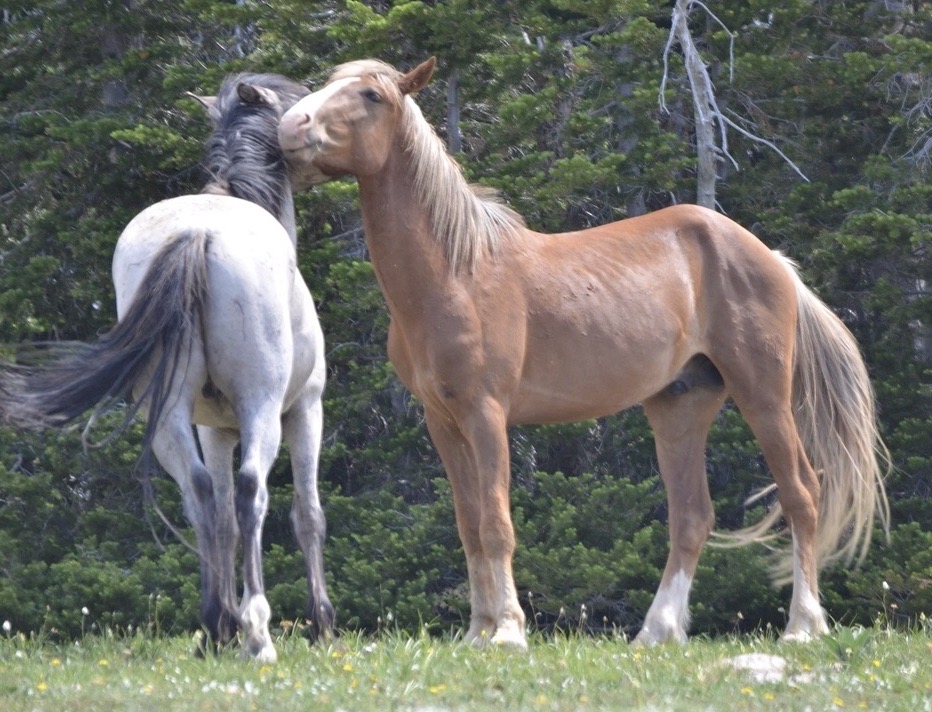
The herd has two leaders, a stallion and a mare. In addition to his reproductive ability, the stallion has two other responsibilities: protection and guardianship. A stallion’s position lasts from 2-10 years. The stallion’s harem consists of several mares and their foals. Fillies either remain with the herd or join another band. Colts 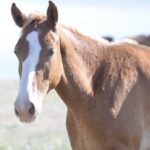
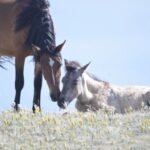 (when they are old enough) form bachelor bands and eventually either form a new herd or vie for the lead position in an established band.
(when they are old enough) form bachelor bands and eventually either form a new herd or vie for the lead position in an established band.
The “alpha” mare is often older and maintains her position not because of size or strength, but because of her experience, more encounters with dangers, and surviving more threats than any of the other mares. She can use aggression but also uses her attitude that says, “I expect to be obeyed.”
The hierarchy of the horses within the herd is established through one horse forcing 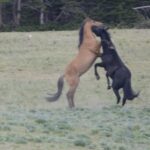 another horse to move against its will. When the other horse refuses to budge, fighting may occur until dominance is established. Horses are at their most vulnerable while grazing and so a lowering of the head is a sign of submission.
another horse to move against its will. When the other horse refuses to budge, fighting may occur until dominance is established. Horses are at their most vulnerable while grazing and so a lowering of the head is a sign of submission.
This social structure works for their survival. When threatened and on the run, the stallion is at the rear of the herd, not leading it. The stallion will be the first to confront the threat. The lead mare (not necessarily the biggest and strongest) will be leading the herd. With her survivor skills and years of experience she knows how to best keep the herd together and safe. Losing the lead mare will confuse and disorient the herd. The lead mare also guides the herd in the search for new grazing territory.
Horses have learned how to behave with each other and it has worked for centuries. More information will be 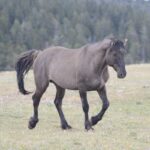 included in the next Mustangs of Pryor Mountain post of David’s Zeigler’s photography.
included in the next Mustangs of Pryor Mountain post of David’s Zeigler’s photography.
Credits: Jake Thompson, Dave and Ken Olson for leaving Rex in my care; Mary Gaudio for guiding me in the care of her horses; Websites of the Rutgers Equine Science Center and KBR Wild Horse and Burro; the heartwarming and informative Canadian TV series “Heartland”
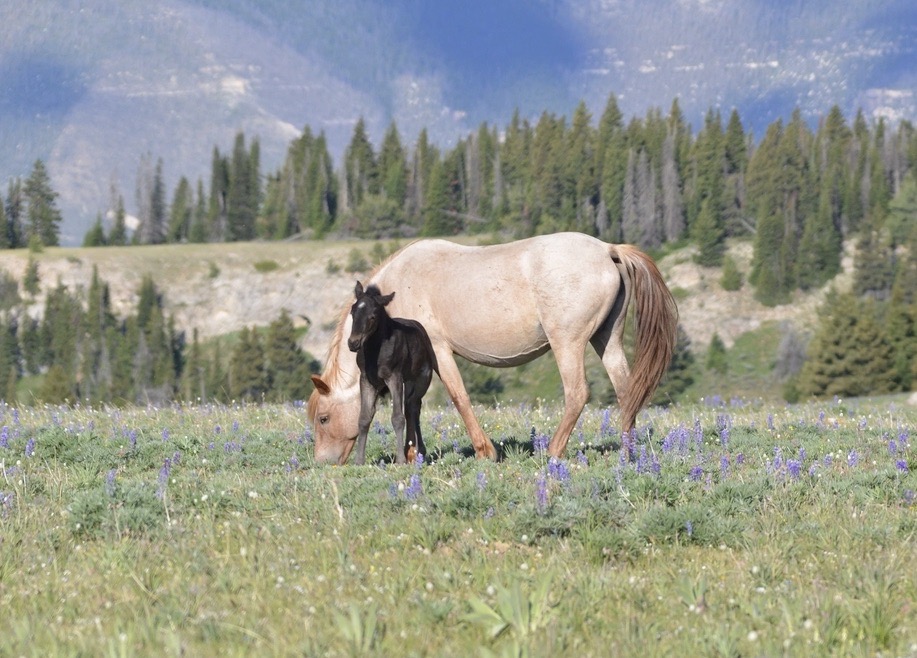
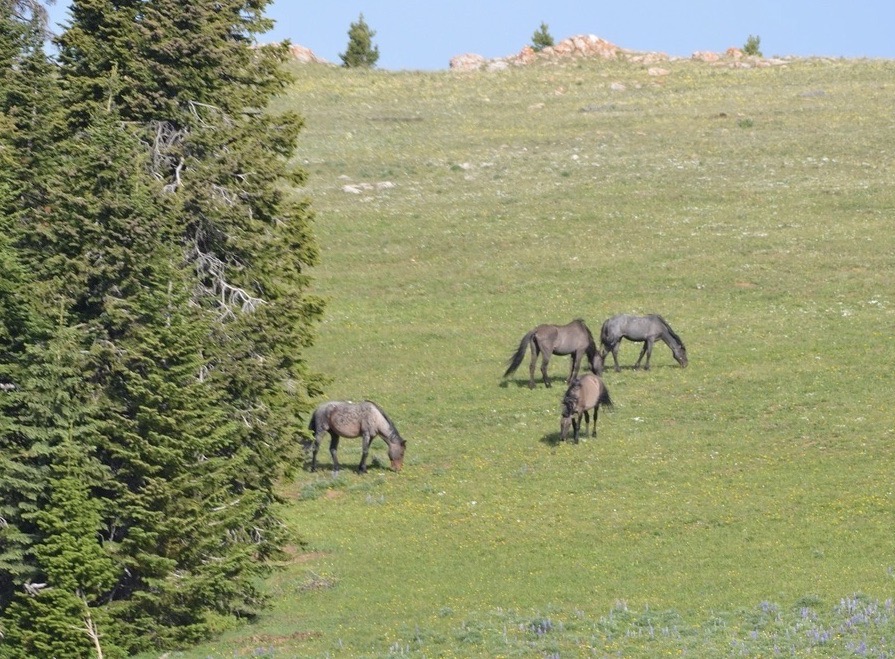
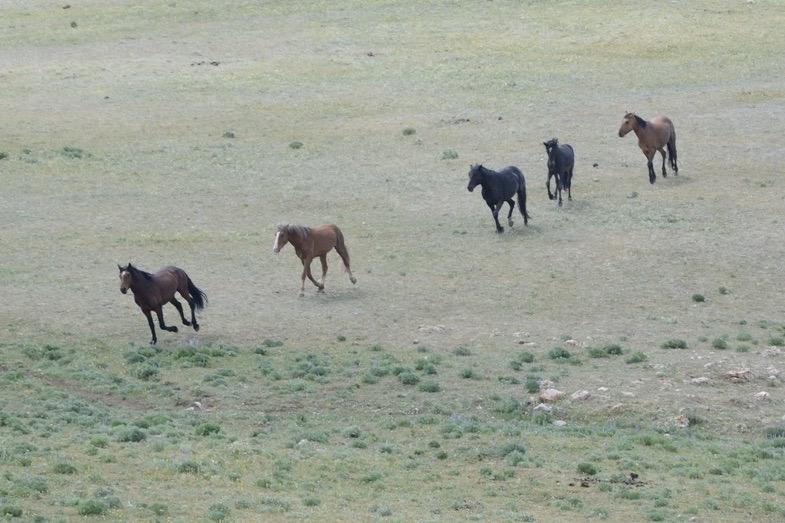
To view David Zeigler’s previous post of photos – click here

